11 Forgotten Industrial Sites That Became Cultural Landmarks
Industrial sites once powered economies and shaped communities. Today, many of these places stand as testaments to history, showcasing the transformation from factories to cultural landmarks. They offer a glimpse into the past while drawing visitors eager to learn more. Whether repurposed as museums, galleries, or performance spaces, these locations hold untold stories.
This post may contain affiliate links, which helps keep this content free. Please read our disclosure for more info.
The Tate Modern – London, UK
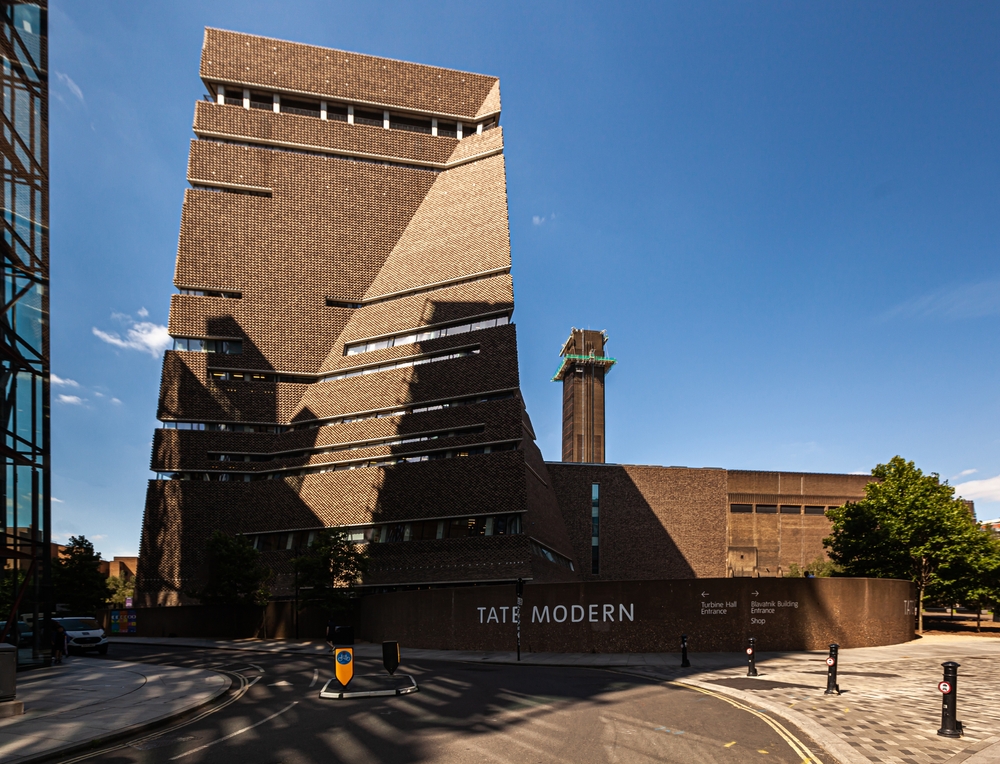
The Tate Modern is housed in the former Bankside Power Station, an industrial site that was once a major part of London’s energy infrastructure. After being decommissioned, the power plant was repurposed into a world-renowned art museum. Its transformation involved preserving the building’s original architecture while introducing modern elements for galleries. Today, it attracts millions of visitors annually and is one of the leading modern art museums worldwide.
The iconic building’s vast, open spaces make it ideal for large art installations, and its industrial past adds to its unique charm. The Turbine Hall, the museum’s largest room, once housed the plant’s turbines and now serves as a venue for site-specific art exhibitions. This creative reuse of an industrial site has made it a symbol of cultural rejuvenation in London. The Tate Modern stands as a prime example of how an industrial site can evolve into a cultural hub.
Ruhr Museum – Essen, Germany
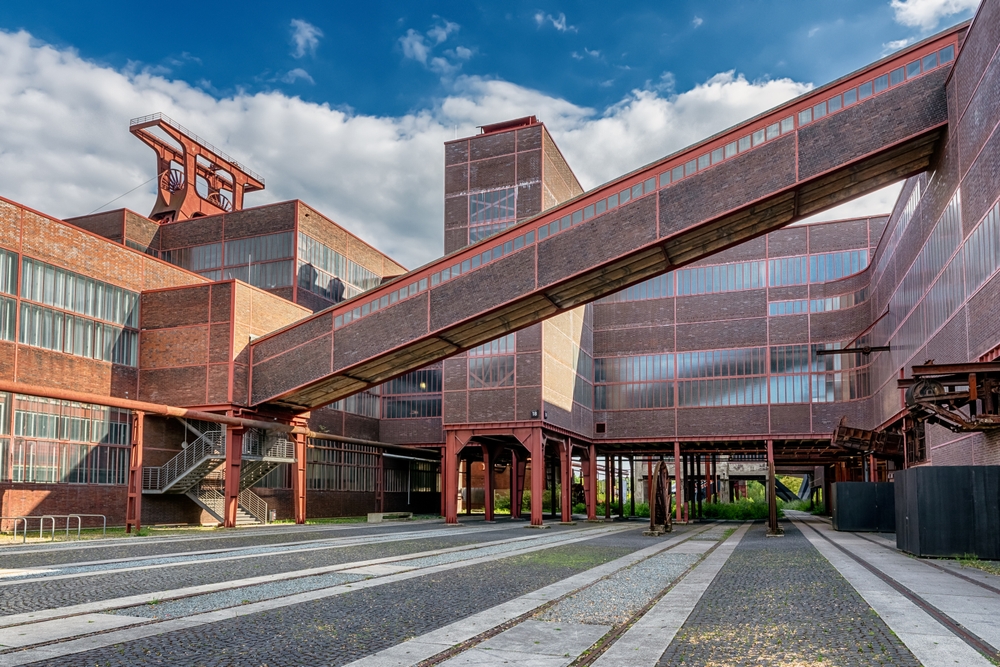
The Ruhr Museum is located within the former Zollverein Coal Mine Complex, a UNESCO World Heritage site. Zollverein was once one of the most important coal mines in Europe, providing energy and employment to the region. After the mine closed in the 1980s, the site was transformed into a museum to showcase the industrial history of the Ruhr Valley. Today, the museum serves as a tribute to the region’s mining heritage and industrial evolution.
The museum’s exhibitions are housed within the old coal preparation plant, which is known for its striking modernist architecture. The site also hosts cultural events, performances, and educational programs, drawing visitors from around the world. The Zollverein complex has become a symbol of the region’s successful transition from industrial power to cultural prominence. This repurposing of industrial buildings reflects the area’s resilience and creativity.
The High Line – New York City, USA
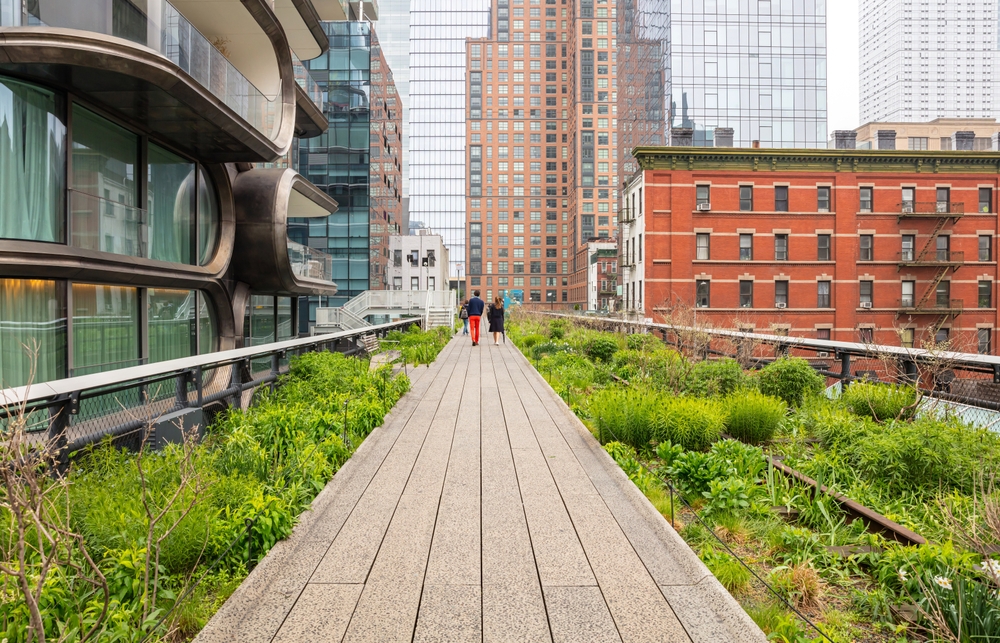
The High Line was once an elevated railway track used for freight transportation in New York City. After being abandoned in the 1980s, the tracks were transformed into a green space that stretches across the city’s west side. Today, the High Line is a popular park and a prime example of urban revitalization. It offers visitors a peaceful retreat with stunning views of the city, all while showcasing plants, art, and history along its route.
The design of the High Line incorporates the old railway structure into the landscape, maintaining the site’s industrial character. The park features gardens, public art installations, and gathering spaces, creating a blend of nature and culture. This transformation has not only preserved a piece of New York’s industrial history but also brought new life to the surrounding neighborhoods. The High Line is now one of the most iconic examples of adaptive reuse in the world.
The Distillery District – Toronto, Canada
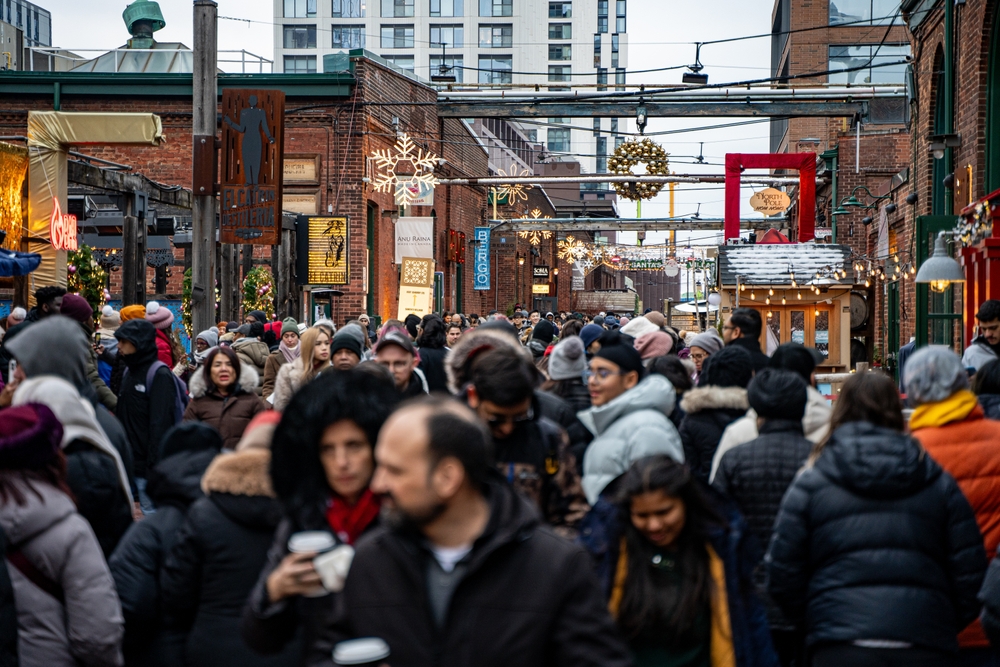
Toronto’s Distillery District is a former industrial complex that once housed the Gooderham and Worts Distillery, the largest distillery in the British Empire. After closing in the 20th century, the site was left abandoned for years. In the early 2000s, the district was revitalized and transformed into a vibrant arts and entertainment hub. The historical buildings now host galleries, boutiques, restaurants, and theatres, attracting tourists and locals alike.
The Distillery District’s Victorian industrial architecture has been preserved, creating a unique atmosphere that blends the past with modern cultural attractions. It is home to various festivals, including the Toronto Christmas Market, making it a key destination in the city. The district has become a model for the successful reuse of historic industrial spaces. Its transformation highlights the potential of old industrial sites to foster community and creativity.
The Völklingen Ironworks – Völklingen, Germany
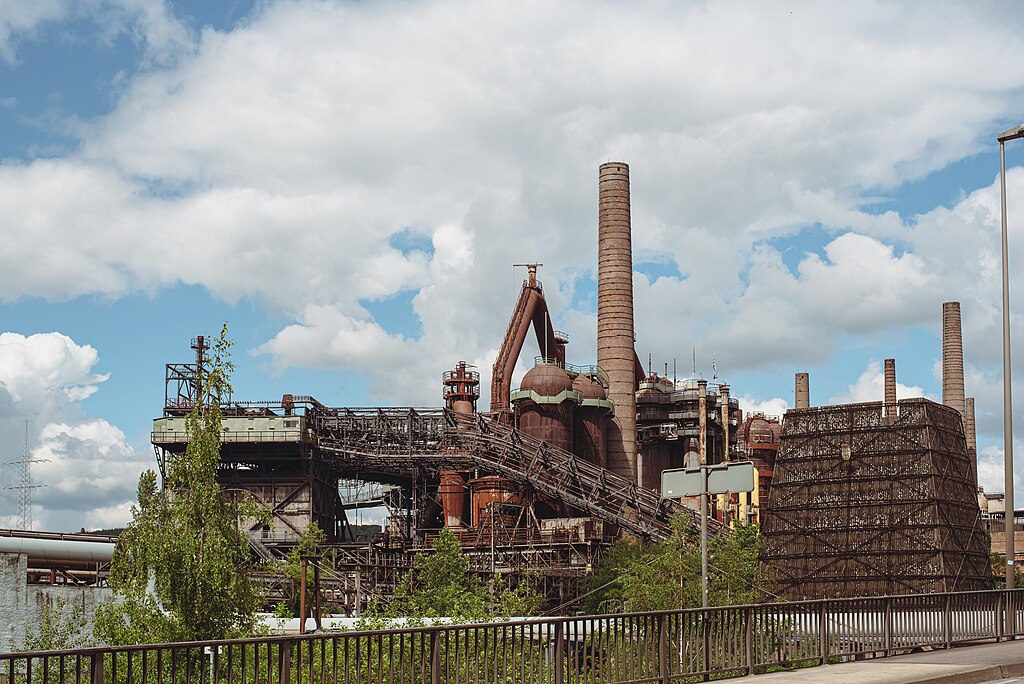
The Völklingen Ironworks is a former steel production facility that is now a UNESCO World Heritage site. Once one of the largest ironworks in Europe, the site ceased operations in the 1980s. Today, the Völklingen Ironworks serves as a museum dedicated to industrial culture, offering insights into the history of steel production and its impact on society. The site has become a popular destination for those interested in industrial history and heritage.
The Ironworks complex is home to impressive machinery, towering furnaces, and vast halls that once rang with the sound of steel production. The site is not only a museum but also a venue for art exhibitions, performances, and educational programs. Its dramatic industrial architecture and its transformation into a cultural space make it an important symbol of the region’s past. The Völklingen Ironworks proves that even large, intimidating industrial sites can become spaces for reflection, learning, and creativity.
The Cité du Design – Saint-Étienne, France
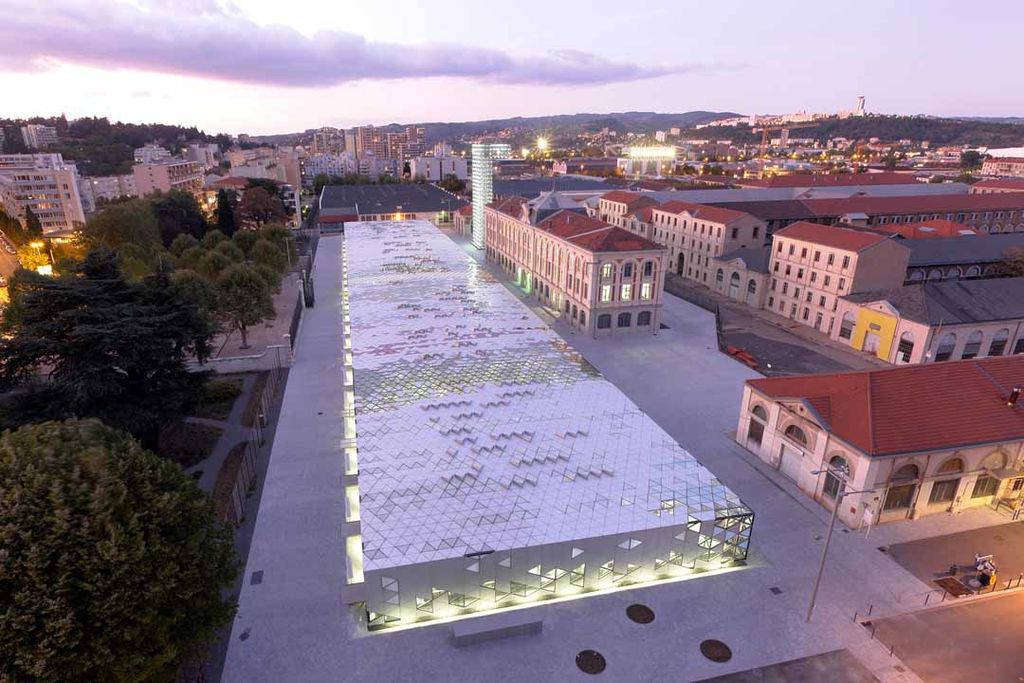
The Cité du Design in Saint-Étienne is located in a former weapons factory. After closing in the 1980s, the factory was converted into a center for design and innovation. Today, the Cité du Design is a cultural hub that promotes design exhibitions, workshops, and events. It celebrates creativity and the intersection of design with other disciplines like technology and urban planning.
The Cité du Design is known for its striking contemporary architecture, which contrasts with the industrial backdrop of the old factory. It draws visitors from around the world, showcasing both historical and cutting-edge design work. The transformation of this site has breathed new life into the city, making it a key player in France’s cultural landscape. The Cité du Design exemplifies the potential of reimagining industrial sites for the arts and innovation.
The Atomium – Brussels, Belgium
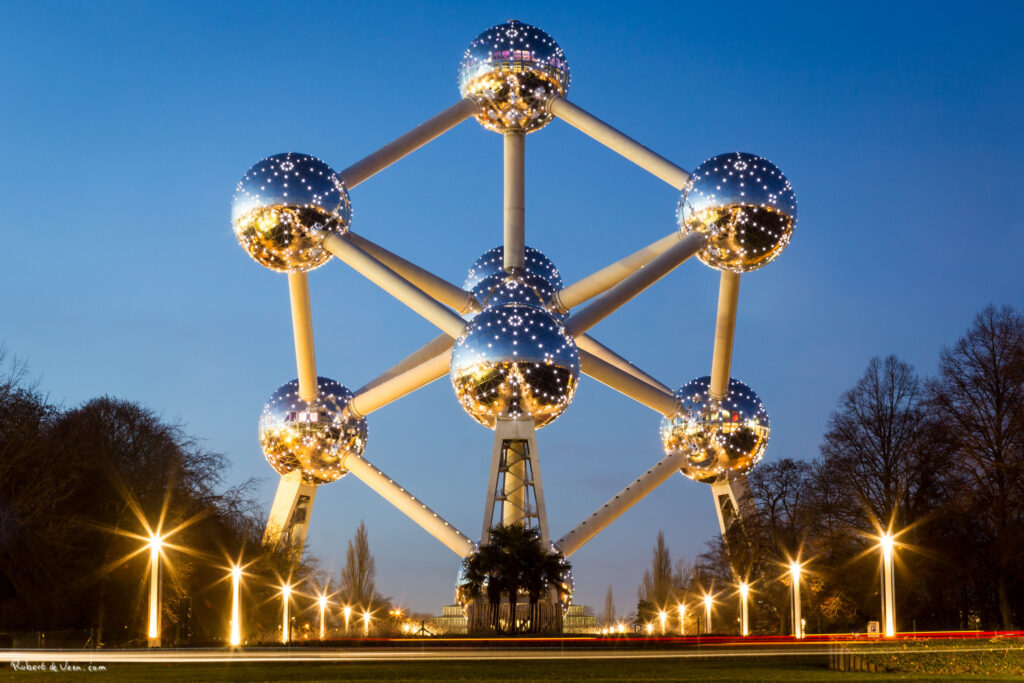
The Atomium in Brussels was originally built for the 1958 World Expo as a symbol of scientific progress and innovation. Its striking design, representing an iron molecule magnified 165 billion times, is now one of Belgium’s most recognized landmarks. Originally a temporary exhibition, the Atomium was preserved and has since become a museum dedicated to science, culture, and history. It draws millions of visitors each year who come to learn about the building’s connection to the atomic age.
Inside the Atomium, visitors can explore exhibits about science, technology, and the history of the Expo. The structure’s unique, futuristic design stands as a reminder of post-war optimism and technological advancement. Over the years, the Atomium has become more than just an industrial relic, as it is a celebrated part of Brussels’ cultural heritage. The building’s ability to represent both the past and the future makes it a standout example of industrial reuse.
The Sagrada Familia Workshop – Barcelona, Spain
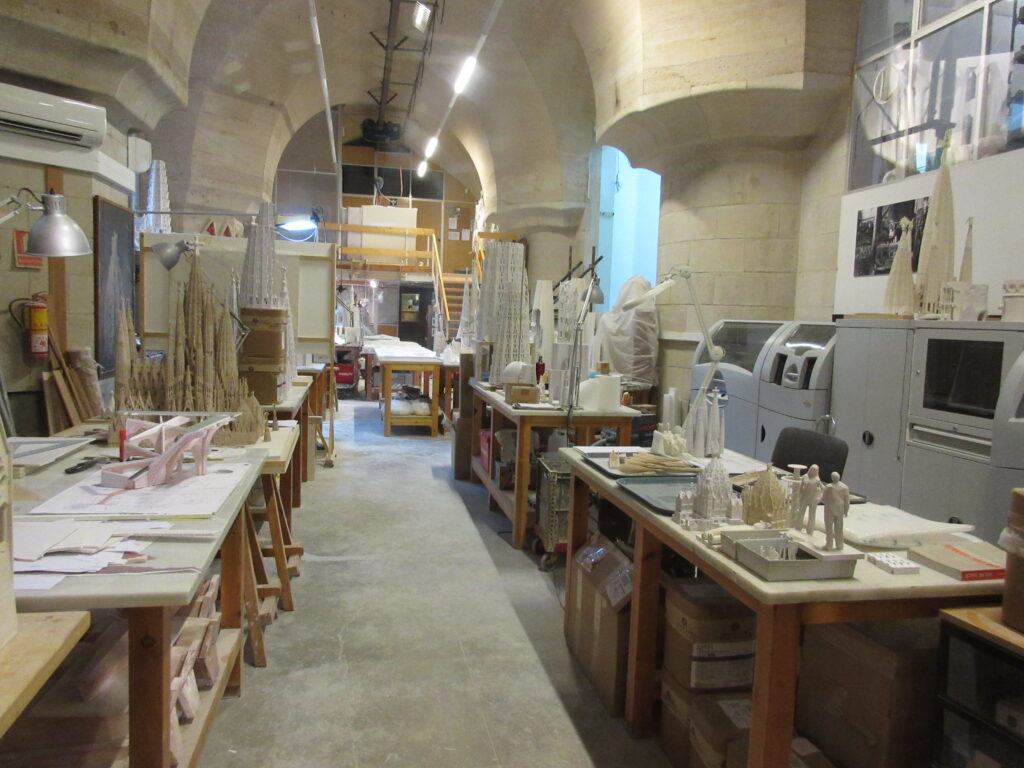
The Sagrada Familia, Barcelona’s famous basilica, is under construction on the site of a former industrial workshop. The workshop was originally part of a manufacturing complex that produced items for the construction of the basilica, designed by Antoni Gaudí. Over time, it evolved into a cultural space that showcases Gaudí’s architectural genius and the history of the basilica’s long construction process. Today, the Sagrada Familia Workshop houses educational exhibits and serves as a hub for cultural and artistic events.
The workshop, with its remarkable architecture and historical significance, highlights the deep connection between industrial craftsmanship and artistic vision. The Sagrada Familia remains an ongoing project, with parts of it being completed based on Gaudí’s original plans. It continues to be a major attraction for those interested in architecture, history, and culture. The transformation of the workshop into a cultural site speaks to the lasting legacy of industrial sites in modern times.
The Gasometer – Vienna, Austria
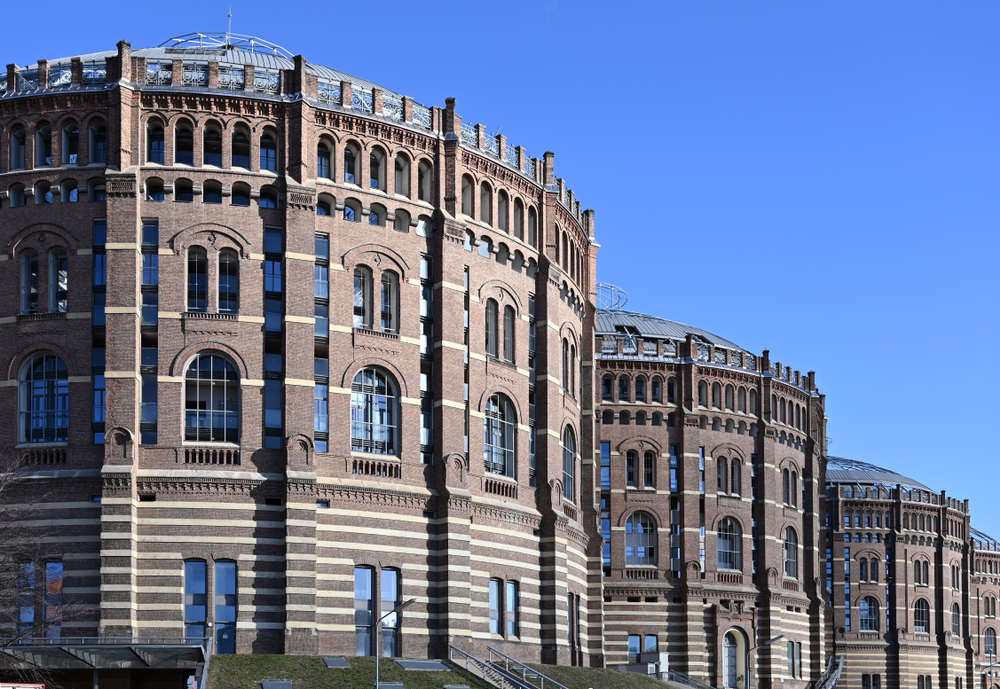
The Gasometer in Vienna was once part of the city’s gas supply network, built in the late 19th century. After the gas works closed in the 1980s, the four enormous gas tanks were repurposed into a mixed-use development. The Gasometer now houses apartments, offices, shops, and cultural spaces, preserving its industrial charm while incorporating modern elements. It serves as an example of how industrial buildings can be successfully integrated into urban development.
The Gasometer’s transformation into a cultural landmark was carefully planned to maintain the architectural integrity of the original structure. The building’s unique cylindrical shape and towering presence make it a striking landmark in Vienna’s landscape. It has become a sought-after destination for both locals and tourists, offering a blend of history, commerce, and culture. The Gasometer is a prime example of how industrial sites can evolve into living, breathing parts of the modern city.
The Museo Nacional del Ferrocarril – Puebla, Mexico
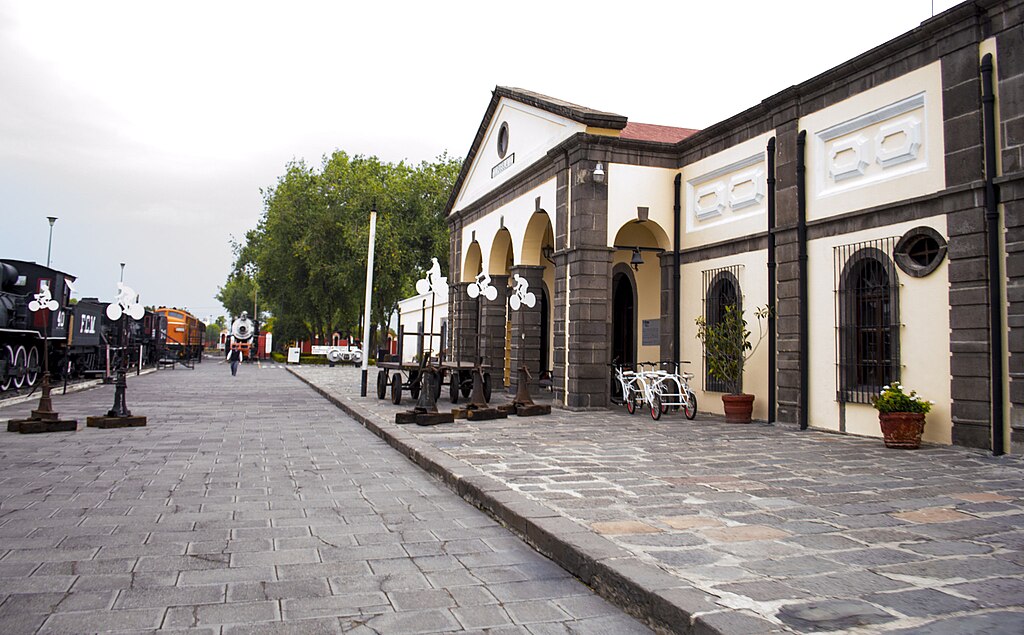
The Museo Nacional del Ferrocarril in Puebla is housed in a former railway station, which once served as a key hub in Mexico’s railway system. The museum is dedicated to preserving the history of railroads in Mexico and their influence on the country’s development. The building’s historic architecture, coupled with its rich railway artifacts, provides visitors with a window into the past.
The museum is located on the site of a former train station that was integral to Mexico’s industrial revolution. It features interactive exhibits, model trains, and displays about the technological advancements in rail transport. The transformation of the station into a cultural site helps preserve an important part of Mexican industrial history. The Museo Nacional del Ferrocarril is a must-visit for those interested in rail history and cultural heritage.
The Power Station of Art – Shanghai, China
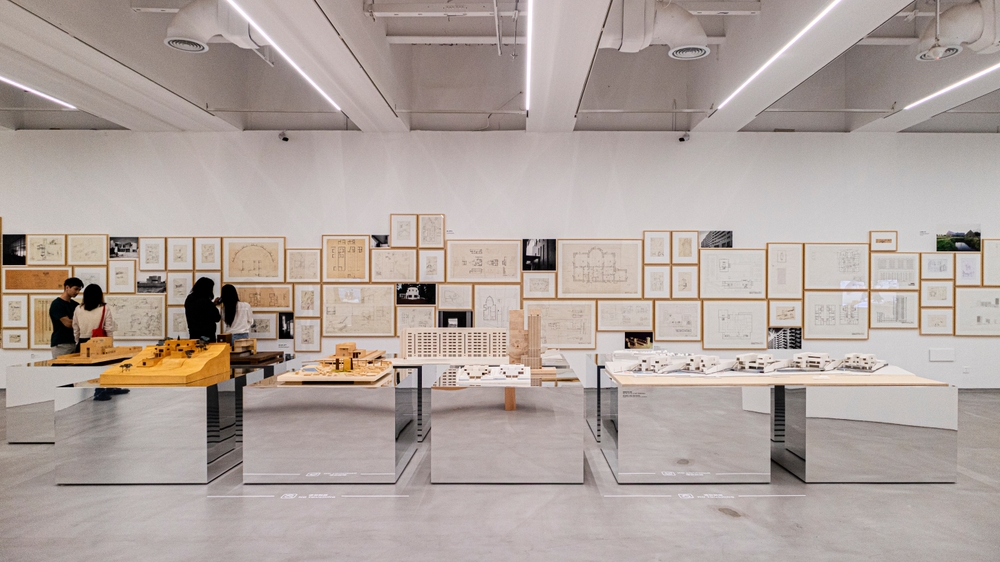
The Power Station of Art is housed in a former power plant that once supplied electricity to Shanghai. The building was repurposed into China’s first state-run museum of contemporary art, offering visitors a space to explore both local and international works. The structure retains its industrial features, including exposed brick walls and steel beams, creating a striking contrast with the art inside.
The museum is part of the larger redevelopment of the Huangpu River area, transforming it from an industrial zone into a cultural hub. It regularly hosts large-scale exhibitions and events, attracting art enthusiasts from around the world. The Power Station of Art is a perfect example of how industrial architecture can be integrated into modern cultural spaces. It represents Shanghai’s ongoing evolution as a center for both industry and art.
This article originally appeared on Avocadu.
